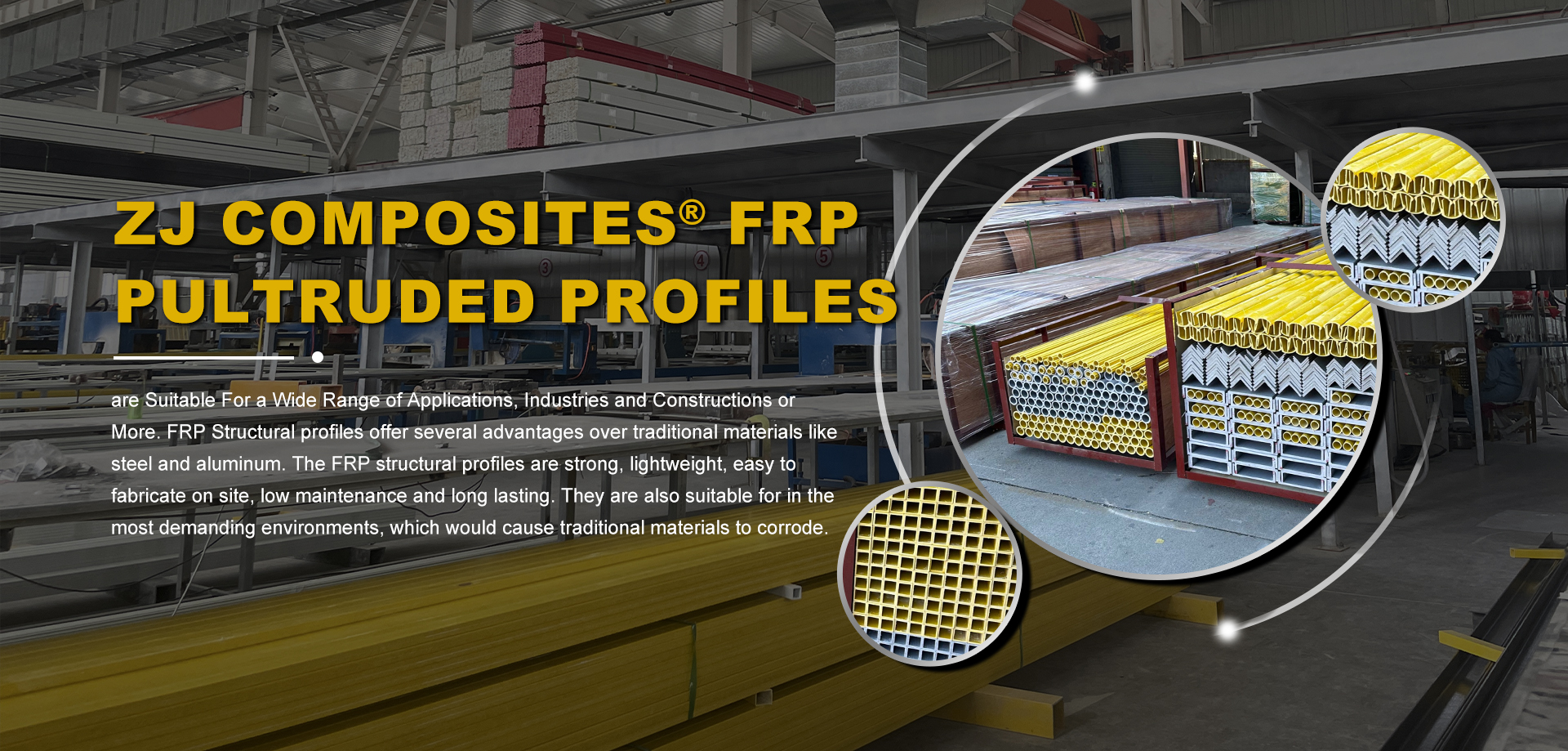loading...
- No. 9, Xingyuan South Street, Dongwaihuan Road, Zaoqiang County, Hengshui, Hebei, China
- admin@zjcomposites.com
- +86 15097380338
- Welcome to visit our website!
frp grating platform
The FRP Grating Platform A Revolution in Construction and Industry
In recent years, the construction and industrial sectors have witnessed a significant transformation with the advent of advanced materials and technologies. One such innovation is the Fiberglass Reinforced Plastic (FRP) grating platform, which offers numerous advantages over traditional alternatives such as steel and wood. This article explores the features, benefits, and applications of FRP grating platforms, highlighting their growing importance in various industries.
What is FRP Grating?
FRP grating is made from a composite material consisting of fiberglass, resin, and sometimes other materials to enhance performance. This combination yields a lightweight, high-strength product that can be molded into various shapes and sizes. FRP grating is typically designed with an open grid structure, making it ideal for applications where drainage, ventilation, and light penetration are essential.
Key Features of FRP Grating Platforms
1. Corrosion Resistance One of the standout features of FRP grating platforms is their resistance to corrosion. Unlike metal grating, which can rust and deteriorate when exposed to the elements, FRP materials are impervious to chemicals, moisture, and UV radiation. This makes FRP grating platforms suitable for harsh environments such as chemical plants, wastewater treatment facilities, and coastal areas.
2. Lightweight Nature Another significant advantage of FRP grating is its lightweight nature. This characteristic not only facilitates easier handling and installation but also reduces the load on supporting structures. Consequently, this can lead to lower construction costs and improved safety during installation.
3. Safety and Slip Resistance The surface of FRP grating can be designed to provide excellent slip resistance, making it a safe choice for various applications, especially in environments where employees are exposed to wet or oily conditions. The material can be manufactured with a textured surface that enhances grip, further reducing the risk of slips and falls.
4. Low Maintenance FRP grating requires minimal maintenance compared to traditional materials. Its resistance to corrosion and impact means that it will not need frequent painting or treatment, resulting in lower long-term costs for facility owners and operators.
frp grating platform

Applications of FRP Grating Platforms
The versatility of FRP grating platforms has led to their use in numerous applications
- Industrial Facilities Many manufacturing and processing plants have adopted FRP grating for walkways, platforms, and supports due to its ability to withstand harsh chemicals and physical stress.
- Marine Environments Given its resistance to saltwater and marine conditions, FRP grating is commonly utilized in dock areas, piers, and shipyards.
- Water Treatment Plants The lightweight and corrosion-resistant properties make FRP grating an ideal choice in wastewater treatment facilities, where it can be used for walkways over tanks and channels.
- Construction In commercial and residential construction, FRP grating is often used for balconies, steps, and as a safer alternative to traditional decking materials.
Conclusion
The FRP grating platform represents a significant leap forward in material science, offering a combination of strength, safety, and longevity that is hard to match. As industries continue to seek efficient and sustainable solutions, the adoption of FRP grating technology is likely to increase. With its unique properties and wide array of applications, it can play a pivotal role in enhancing safety, reducing maintenance costs, and promoting productivity across various sectors. As we move toward a more efficient and sustainable future, the FRP grating platform stands out as a key player in the evolving landscape of modern construction and industrial practices.
-
Premium FRP Handrail for All ApplicationsNewsAug.29,2025
-
Low Maintenance FRP Mini Mesh Grating ProductsNewsAug.29,2025
-
Innovative FRP Square Tubes for Modern Industrial SolutionsNewsAug.29,2025
-
FRP Water Storage Tanks Wholesale Solutions for Bulk BuyersNewsAug.29,2025
-
FRP Molded Grating Solutions for Diverse Industrial ApplicationsNewsAug.29,2025
-
Construction Advancements Through FRP Pultruded ProfilesNewsAug.29,2025
-
Why Choose FRP Railings, Guardrails, and Handrail Systems?NewsAug.29,2025
